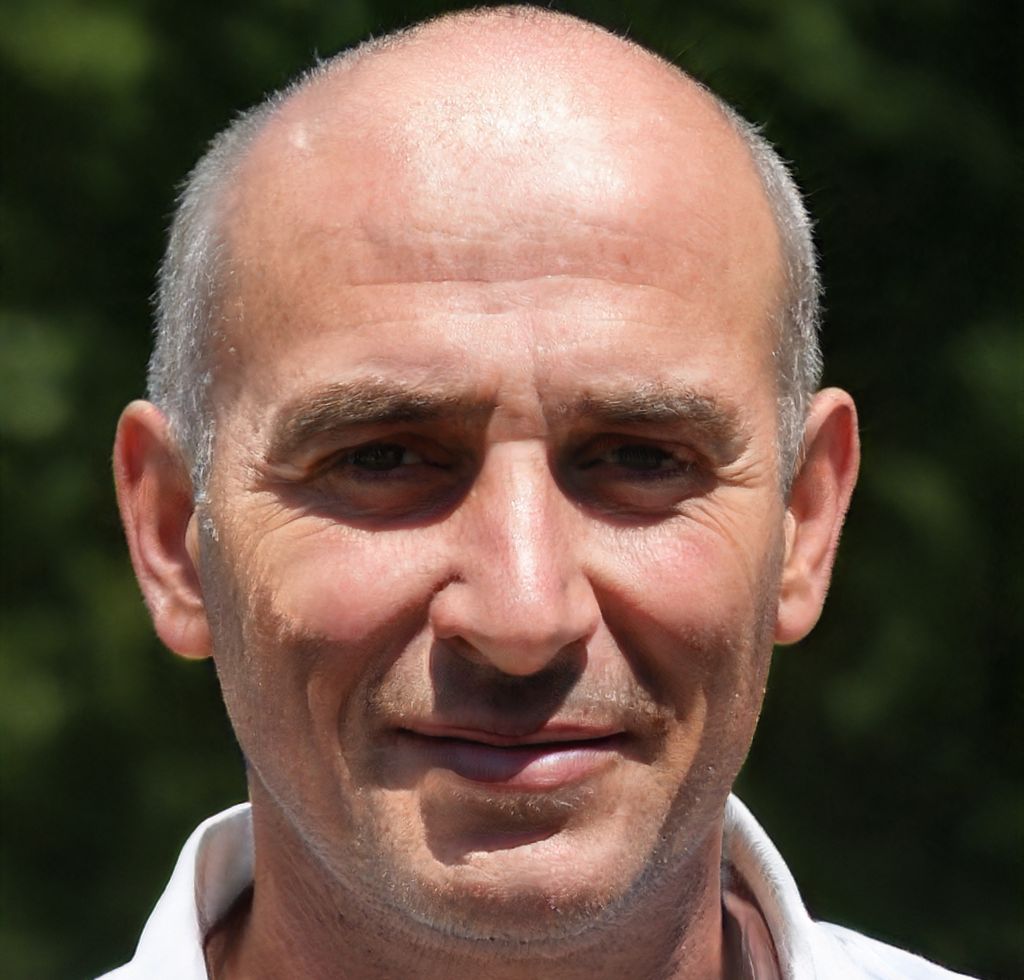What happens in the light-dependent reactions?
Photosynthesis first occurs in photosystem II
- A photon of light strikes P680 this results in P680 transitioning to its excited state (P680*). The molecule is rapidly oxidized transferring its electron to the primary acceptor.
Note: P680+ is the strongest biological oxidizing agent because it splits water into Hydrogen and Oxygen thus by oxidizing water P680 receives two electrons.
- From the primary acceptor, the electrons transfer to plastoquinone (PQ) then to the cytochrome complex. As PQ accepts electrons from the primary acceptor it also gains hydrogen protons from the stroma. As PQ gives electrons to the cytochrome complex it releases hydrogen protons into the thylakoid lumen.
3)Electrons transfer from the cytochrome complex to plastocyanin into photosystem I.
- When a photon of light is absorbed by photosystem I it forms P700* .
P700* chlorophyll transfers its electron to the primary electron acceptor forming P700+.
P700+ is reduced back to P700 by the oxidation of plastocyanin.
- The electrons are transferred to ferredoxin. The oxidation of ferredoxin results in the transfer of the electron to NADP+ reducing it to NADP.
- A second electron is transferred to NADP by another molecule of ferredoxin. This second electron and a proton (H+) from the stroma are added to NADP by the NADP+ reductase to form NADPH.
- The increase in proton concentration in the thylakoid lumen turn the ATP synthase complex which attaches an organic phosphate onto ADP to produce ATP.
This process is called photophosphorylation.
The end products of photosystem I and II is ATP and NADPH.
Best Of Luck
-AN
By signing up, you agree to our Terms of Service and Privacy Policy
Chlorophyll and other pigments in the thylakoid membranes of the chloroplast absorb light energy, which is then used in the light-dependent reactions of photosynthesis to split water molecules into oxygen, protons, and electrons. The electrons are then transferred along an electron transport chain, which produces ATP through chemiosmosis and reduces NADP+ to NADPH. The products of photosynthesis, ATP and NADPH, are then used in the Calvin cycle to synthesise carbohydrates from carbon dioxide.
By signing up, you agree to our Terms of Service and Privacy Policy
When evaluating a one-sided limit, you need to be careful when a quantity is approaching zero since its sign is different depending on which way it is approaching zero from. Let us look at some examples.
When evaluating a one-sided limit, you need to be careful when a quantity is approaching zero since its sign is different depending on which way it is approaching zero from. Let us look at some examples.
When evaluating a one-sided limit, you need to be careful when a quantity is approaching zero since its sign is different depending on which way it is approaching zero from. Let us look at some examples.
When evaluating a one-sided limit, you need to be careful when a quantity is approaching zero since its sign is different depending on which way it is approaching zero from. Let us look at some examples.
- What is the difference between photosynthesis and cellular respiration?
- What are the steps of light-dependent reactions of photosynthesis?
- What is the summary equation of cellular respiration?
- What is the connection between photosynthesis and cellular respiration?
- Which energy carrier directly supplies the Calvin cycle?

- 98% accuracy study help
- Covers math, physics, chemistry, biology, and more
- Step-by-step, in-depth guides
- Readily available 24/7
 Natalie Ahrens
Natalie Ahrens Daniel Arnold
Daniel Arnold